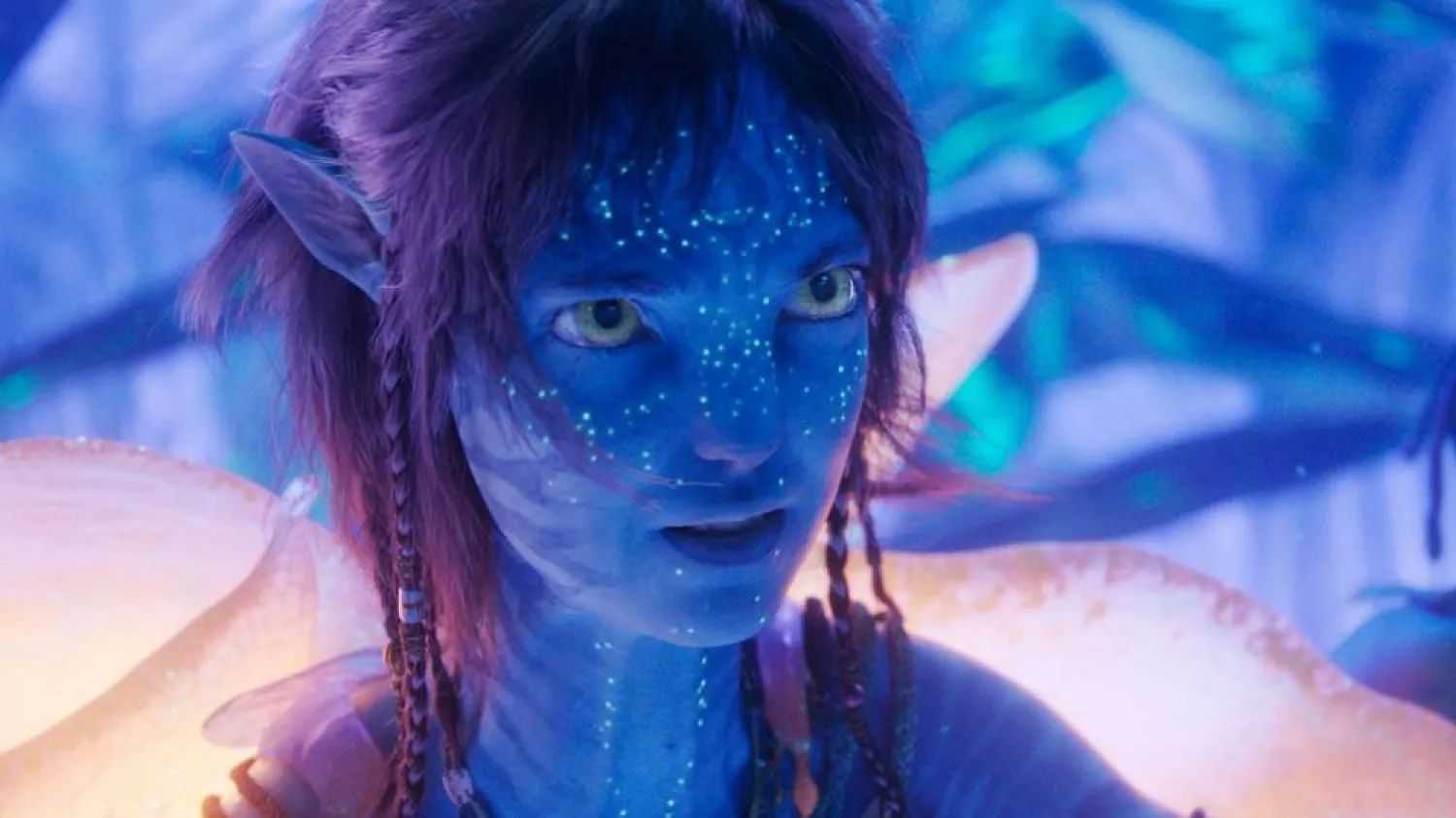“Avatar: Fire and Ash” opened with $345 million in worldwide sales, according to studio estimates Sunday, notching the second-best global debut of the year and potentially putting James Cameron on course to set yet more blockbuster records.
Sixteen years into the “Avatar” saga, Pandora is still abundant in box-office riches. “Fire and Ash,” the third film in Cameron’s science-fiction franchise, launched with $88 million domestically and $257 million internationally. The only film to open bigger in 2025 was “Zootopia 2” ($497.2 million over three days). In the coming weeks, “Fire and Ash” will have the significant benefit of the highly lucrative holiday moviegoing corridor.
But there was a tad less fanfare to this “Avatar” film, coming three years after “Avatar: The Way of Water.” That film launched in 2022 with a massive $435 million globally and $134 million in North America. Domestically, “Fire and Ash” fell a hefty 35% from the previous installment. Reviews for “Fire and Ash” were also more mixed, scoring a series-low 68% “fresh” score on Rotten Tomatoes.
Yet those quibbles are only a product of the lofty standards of “Avatar.” The first two films rank as two of the three biggest box-office films of all time. To reach those heights, the “Avatar” films have depended on legs more than huge openings.
“Avatar” (2009), opened with $77 million domestically but held the top spot for seven weeks. It ultimately grossed $2.92 billion worldwide. “The Way of Water” also held strong to eventually tally $2.3 billion globally.
“The openings are not what the ‘Avatar’ movies are about,” said David A. Gross, a film consultant who publishes a newsletter on box office numbers. “It’s what they do after they open that made them the #2 and #3 biggest films of all time.”
Should “Fire and Ash” follow in those footsteps, “Avatar” would become the only movie franchise with three $2 billion installments. Working in its favor so far: strong word-of-mouth. Audiences gave it an “A” CinemaScore.
In interviews, Cameron has repeatedly said “Fire and Ash” needs to perform well for there to be subsequent “Avatar” films. (Four and five are already written but not greenlit.) These are exceptionally expensive movies to make. With a production budget of at least $400 million, “Fire and Ash” is one of the costliest films ever made.
“Fire and Ash” was especially boosted by premium format showings, which accounted for 66% of its opening weekend. A narrow majority of moviegoers (56%) chose to watch it in 3D.
The “Avatar” films have always been especially popular overseas. “Fire and Ash” was strongest in China, where its $57.6 million opening weekend surpassed the two previous movies.
“Fire and Ash” didn’t have the weekend entirely to itself. A trio of other new wide releases made it into theaters in hopes of offering some counterprogramming: Lionsgate’s “The Housemaid,” Angel Studios’ “David” and Paramount Pictures’ “The SpongeBob Movie: Search for SquarePants.”
In the race for second place, “David” came out on top. The animated tale of David and Goliath collected $22 million from 3,118 theaters, notching the best opening weekend for Angel Studios.
“The Housemaid,” Paul Feig’s twisty psychological thriller starring Sydney Sweeney and Amanda Seyfried, opened with $19 million 3,015 theaters. The Lionsgate release, which cost about $35 million to make, is set up well to be one of the top R-rated options in theaters over the holidays. Based on Freida McFadden’s bestselling novel, it stars Sweeney as a woman with a troubled past who becomes a live-in maid for a wealthy family.
Trailing the pack was “The SpongeBob Movie: Search for SquarePants,” which collected $16 million from 3,557 theaters. The G-rated film, based on the Nickelodeon TV series, is the first “SpongeBob” theatrical movie since 2015’s “The SpongeBob Movie: Sponge Out of Water.”
All of this weekend’s new films will hope the ticket sales keep rolling in over the upcoming Christmas break. Starting Dec. 25, they’ll need to contend with some new wide releases, including A24’s “Marty Supreme,” with Timothée Chalamet; Focus Features’ “Song Sung Blue,” with Hugh Jackman and Kate Hudson; and Sony’s “Anaconda,” with Jack Black and Paul Rudd.
Before expanding on Christmas, “Marty Supreme” opened in six theaters over the weekend, grossing $875,000 or $145,000 per theater. That was good enough for not only the best per-theater average of the year, but the best since 2016 and a new high mark for A24. The film, directed by Josh Safdie and starring Chalamet as an aspiring table tennis player in 1950s New York, is the most expensive ever for A24.









